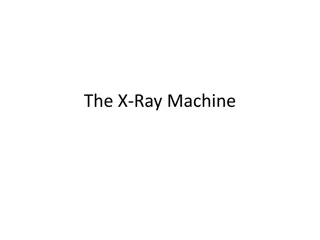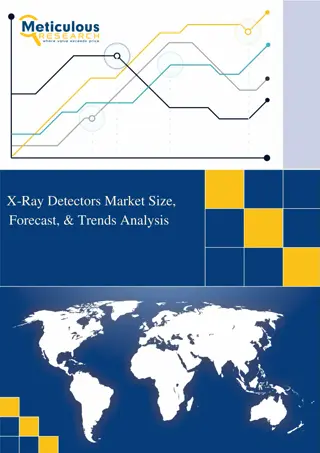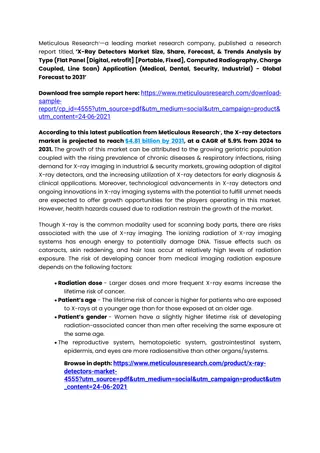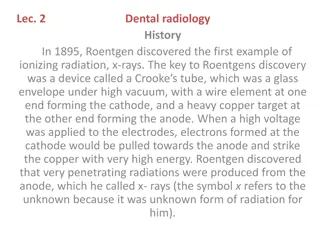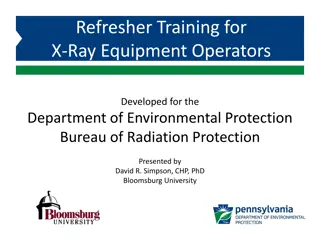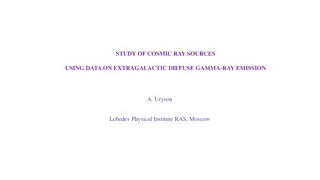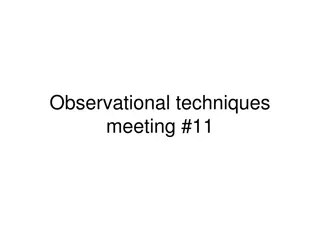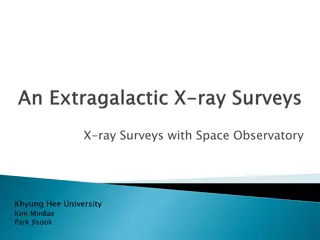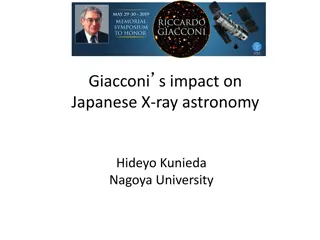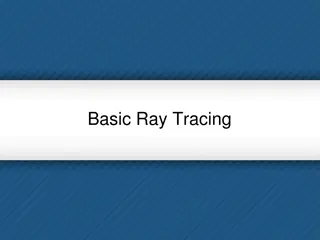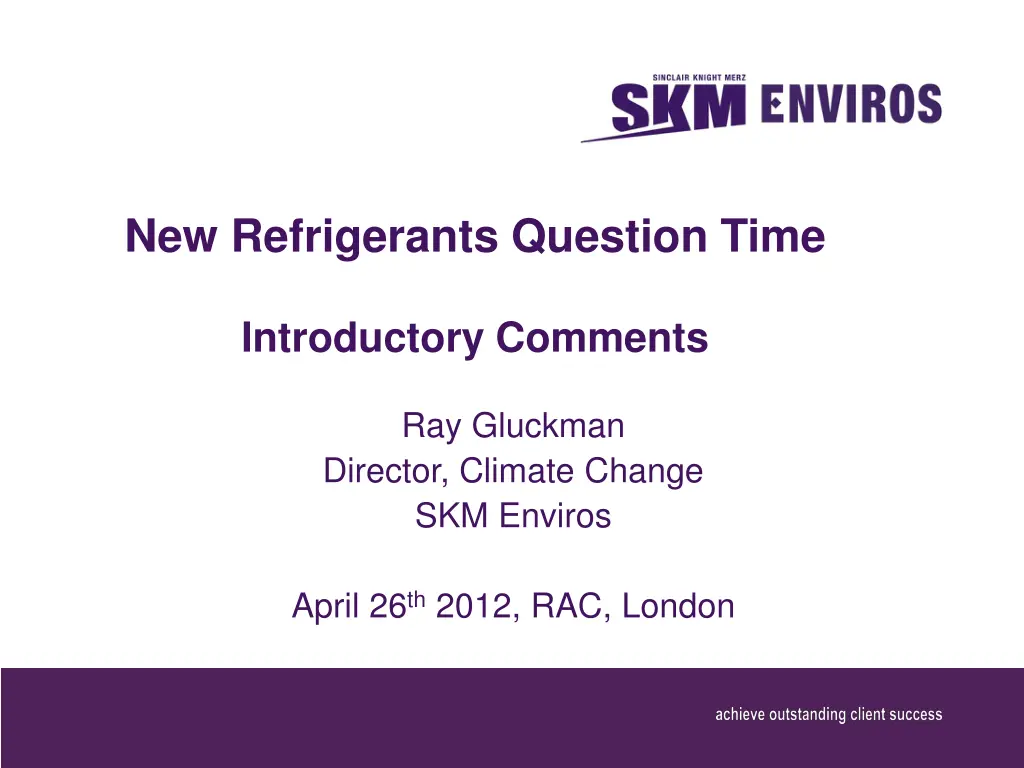
Refrigerant Regulations: What's Next?
Explore the future of refrigerant regulations with insights on the shift towards low GWP fluids, HFC emission reduction strategies, and the debate between bans and phase-down approaches. Gain knowledge on key constraints to usage and the ongoing discussions for reducing GHG emissions in the refrigeration industry.
Download Presentation

Please find below an Image/Link to download the presentation.
The content on the website is provided AS IS for your information and personal use only. It may not be sold, licensed, or shared on other websites without obtaining consent from the author. If you encounter any issues during the download, it is possible that the publisher has removed the file from their server.
You are allowed to download the files provided on this website for personal or commercial use, subject to the condition that they are used lawfully. All files are the property of their respective owners.
The content on the website is provided AS IS for your information and personal use only. It may not be sold, licensed, or shared on other websites without obtaining consent from the author.
E N D
Presentation Transcript
New Refrigerants Question Time Introductory Comments Ray Gluckman Director, Climate Change SKM Enviros April 26th2012, RAC, London
SKM Enviros Environmental Consultancy 500 staff in UK Part of SKM, Australian Engineering Consultancy 7,000 staff worldwide Ray Gluckman Director of Climate Change Group 100 staff involved in climate change work wide range of activities related to reducing GHG emissions RAC and F Gases are areas of special expertise achieve outstanding client success
What next for refrigerant regulations? High GWP refrigerants unlikely to be available long term EC: F-Gas Regulation under review (? 2013/4) Some of the options being considered: HFC bans in specified product areas (new equipment) HFC phase down schedule International scene discussions about HFC phase down via Montreal Protocol - ? impact by 2015/6 achieve outstanding client success
Bans versus Phase Down Bans provide certainty successful driver of innovation (MAC Directive) but require GWP threshold and start date inflexible Phase Down allows market much flexibility affects new and existing equipment but, investment pointers are less clear Phase down seems to be current favourite achieve outstanding client success
HFC Emission Reduction Strategies 1. Very low GWP fluids (e.g. GWPs much less than 150) best solution, but many constraints 2. Low GWP fluids (e.g. GWPs between 150 and 1,000) 3. Medium GWP fluids to replace high GWP refrigerants e.g. fluid with a GWP of under 2,000 to replace the widely used HFC 404A which has a GWP of 3,922) part of dual strategy enables early cuts in 404A 4. Low charge and low leakage technologies and improved maintenance to reduce the leakage achieve outstanding client success
GWP Key constraints to usage Example markets (current) Large industrial refrigeration, large air-conditioning chillers Refrigerant 0 Highly toxic; slightly flammable; incompatible with copper components Ammonia 1 High operating pressure; low efficiency in high ambient temperatures; lack of available components; Highly flammable Large commercial and industrial refrigeration CO2 Very Low GWP ~5 Domestic refrigerators, small commercial hermetic systems HCs 5 Slightly flammable; not commercially available until 2015; lack of available components; not technically well proven; large compressor size MACs HFO 1234yf 5 Lack of available components; not technically well proven; large compressor size Water chillers HFO 1234ze
GWP Key constraints to usage Example markets (current) Refrigerant 200 to 400 Slightly flammable. Not commercially developed yet Not in current use Blend 300 Low GWP 600 to 800 Not commercially developed yet Not in current use Blend 700 675 Slightly flammable Being introduced for small air-conditioning systems HFC 32 1,422 Medium GWP HFC 404A alternative (MT) HFC 134a Medium GWP 1,825 Medium GWP HFC 404A alternative HFC 407F 2,088 Medium GWP Small air-conditioning HFC 410A 2,107 Medium GWP HFC 404A alternative (MT) HFC 407A
Use of Flammable Refrigerants (1) Lots of important development work needed Currently 3 categories in safety codes 1. non-flammable e.g. HFC 134a, CO2 e.g. ammonia, HFC 32 2. slightly flammable 3. highly flammable New category being introduced: e.g. HC 290 (propane) 2L lower flammability than 2, but slightly flammable achieve outstanding client success
Use of Flammable Refrigerants (2) Some interesting issues: Is a single new safety code category sufficient? e.g. should HFC 32 and HFO 1234yf be in same category will Blend 300 be less flammable than HFO 1234yf? What impact does actual flammability have on choice of refrigerants in different applications e.g. how much refrigerant in 1234yf DX system Will new safety category restrict use further achieve outstanding client success
Contact Details Ray Gluckman SKM Enviros New City Court, 20 St Thomas Street, London, SE1 9RS email: rgluckman@globalskm.com Tel: 01932 866344 achieve outstanding client success


